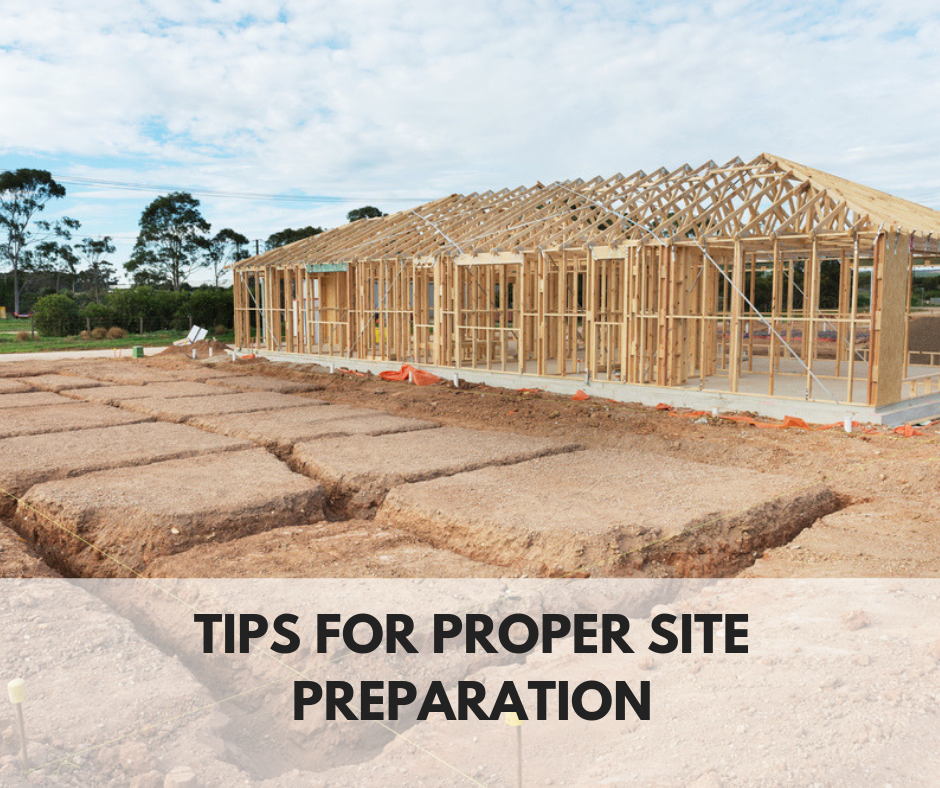Your building is only going to be as strong as the foundation that it sits on. Thus, no matter the size or scope of the job, you will want to prep the site according to specifications. This is especially true when you are doing so before bringing the concrete form rentals to the project.
The appropriate preparation of a site should include everything from removing loose dirt and trash to evaluating the subsurface structures and utilities. Also, it should include building a solid base that will be used to pour concrete on. While this can be a complex task, the entire site needs to be prepped perfectly before building anything.
This optimal site preparation will help to ensure that the structure will have the appropriate foundation that can lead to a strong overall construction job. Precision UM Ireland share the following tips.
The Importance Of Investing In Site Prep
Any concrete structure is meant to last. That is exactly what it will do if you are prepping the site as it should. Because of this, it is essential to adhere to the fundamentals of optimal site prepping. That way, you can build out a strong and reliable foundation for the building to be able to withstand the various things that could otherwise compromise its structural integrity.
READ : Telescopic handler training
There are plenty of things that could end up weakening a structure. This includes but isn’t limited to varying moisture content, varying soil types, undercutting displacements, and even improper site compaction. The biggest thing you want to avoid is having your concrete begin cracking once it has been poured. This is why you should be incorporating various things like excavation, demolition, stabilization, and even shoring into the site prep process.
By putting in the work of assessing and prepping your site, you will be able to get a much better and more accurate idea of how much concrete you would need to stabilize the foundation. For instance, you may find that you don’t need to build out an additional base if your site already features sandy or gravel-based soil. Whereas, if you find that you are building on top of organic soil or even heavy clay, you will need to add additional base layers to it.
Because of this, you will need to sort through and call on your concrete supplier to give you an accurate assessment of your ground. By doing so, they should be able to tell you what amount of base depth you should be looking at and the specific type of concrete you should be laying.
How To Properly Prep For A Stronger Base
There are all sorts of different methods that you could use to prep your site for the optimal concrete placement. This will vary based on the structure and the job itself. This prep typically begins with the removal of surface vegetation and the shrubbery in the area. After that, it will be followed by the excavation of the areas that are higher grade, along with the surface prep and the fill placement.
Clearing To Provide A Stronger Base
This entire process begins with getting rid of any obstacles that are in the way. It also involves clearing out the construction site. More specifically, it involves getting rid of excess trees, getting rid of any current structures on the site, and removing all of the older underground infrastructures that are present.
Because concrete will typically begin to crack and crumble when it isn’t poured over a base that is solid and stable, you want to ensure you are bringing in anywhere from 4 to 6 inches of compactable base. To find the exact amount, you will need to factor in both the condition of the current soil, the climate you are building in, and the type and size of the structure you are building.
Site Survey
You will want to use survey pegs to properly identify the block that is to be built upon. From there, a surveyor’s job will be to fully assess the site and to figure out where everything needs to be built. After, a physical representation of the entirety of the construction plan will be generated.
When it comes to this stage, the more important part is job site safety. This is especially true considering how many people generally work on construction sites with heavy machinery and dangerous equipment.
For the much smaller job sites, the safety procedures can be fairly simple. These can include inspecting the equipment before use and following all protocols. Whereas, for much larger projects, it can involve clearing off main traffic areas by putting the requisite signs and barriers to avoid unauthorized access or entry without the appropriate safety gear.
Compaction of Layers and Moisture Control
Jumping jacks or “rammers” are used to deliver high-impact force in much smaller frequencies to increase the density of fine-grain soil. You want to make anywhere from 3 to 4 passes with a compactor when you are adding around 2 inches to the base. You can also do it after each layer is added.
To achieve the optimal level of density, you will need to add water. Any base that is too dry isn’t going to compact as well as it should. Therefore, you should be using a spray down to dampen the layers to maximize compaction throughout. You can do this very simply with the addition of a garden hose.
To ensure the base layers have enough moisture present, you can grab a sample of it. See if you can squeeze the layer into a ball. If so, you are working with a base material with enough moisture. If it doesn’t retain its shape, you will need to add more. However, be careful you aren’t adding too much as it could quickly become oversaturated leading to more problems.

Problem solver. Incurable bacon specialist. Falls down a lot. Coffee maven. Communicator.



